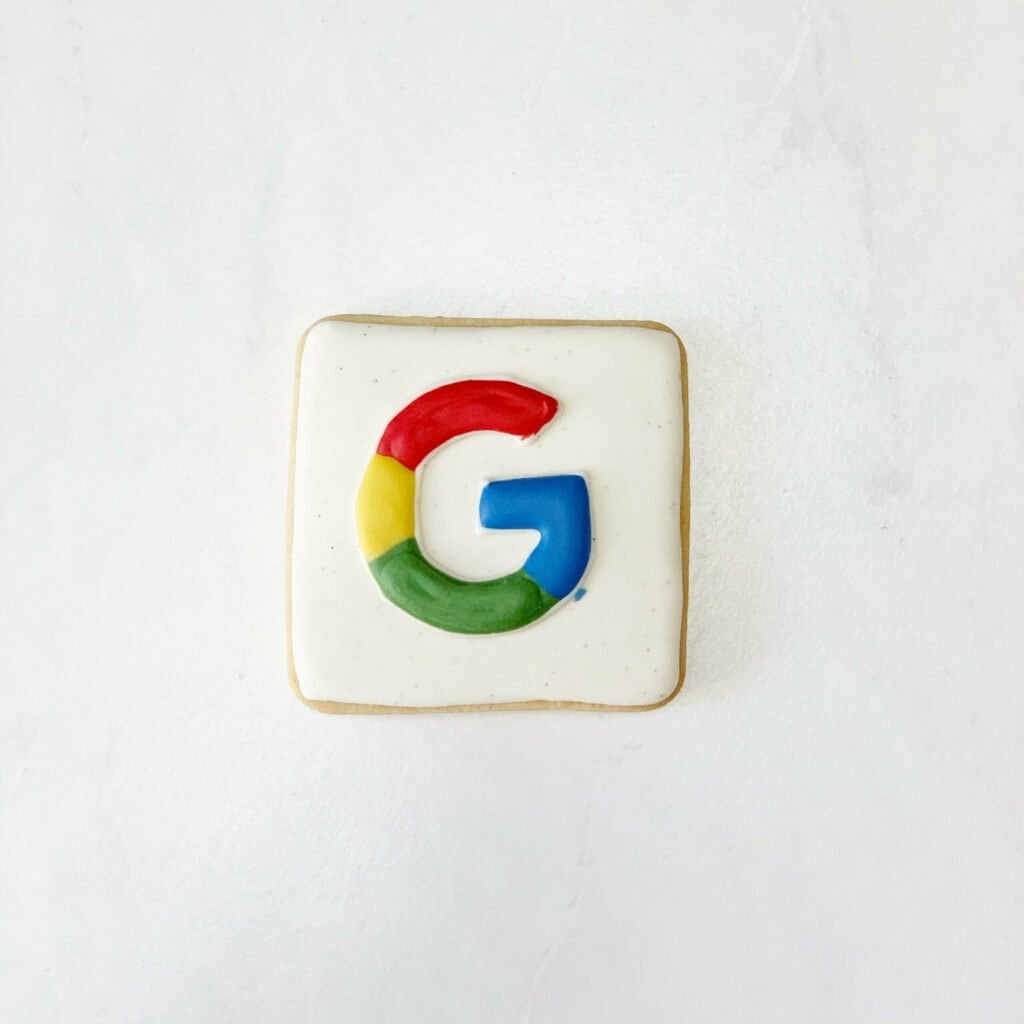Google Ads is one of the most popular forms of online advertising, and for a good reason. With over 3 billion searches performed on Google every day, it’s a great way to get your business in front of potential customers.
But, as with any form of advertising, it’s essential to understand the costs involved.
In this article, I’ll explain everything you need to know about how much Google Ads costs and how to ensure you’re getting the most bang for your buck.

How Google Ads Work
Google Ads works by allowing businesses to create ads that appear at the top of search results when someone performs a search that is relevant to their business. These sponsored ads differ from the organic search results that appear further down the page.
When someone clicks on your ad, you pay Google a fee.
It is called pay-per-click (PPC) advertising, and it’s the most common pricing model for Google Ads. You can also pay for your ad to be displayed several times, called cost-per-impression (CPM) advertising.
The cost of your ad will depend on several factors, including the keywords you’re targeting, the competition for those keywords, and the quality of your ad. I’ll go into more detail about these factors later in the next section.
Factors That Affect the Cost of Google Ads
Several factors can affect the cost of your Google Ads. Some of the most important include:
- Keywords: The keywords you’re targeting will affect the cost of your ad. The more competitive the keywords, the more expensive it will be to advertise.
- Quality Score: Google uses a metric called Quality Score to determine the quality of your ad. The higher your Quality Score, the less you’ll pay per click.
- Bid Strategy: The bid strategy you choose will also affect the cost of your ad. For example, if you choose a manual bid strategy, you’ll have more control over your costs, but if you choose an automatic bid strategy, Google will set your bids for you.
- Ad Format: The format of your ad will also affect the cost. For example, a video ad will likely cost more than a text ad.
How much do Google Ads cost?
The cost of Google Ads can vary greatly depending on several factors, as mentioned above.
The most common pricing model for Google Ads is pay-per-click (PPC) advertising, where you pay a fee each time, someone clicks on your ad.
However, you can also pay for your ad to be displayed several times, called cost-per-impression (CPM) advertising.
The average cost per click (CPC) for Google Ads ranges from $2 to $4 for the search network and less than $2 for the display network. However, it’s important to note that costs can vary greatly depending on the industry, location, and competition. To get an estimate of the costs for your specific campaign, you can use the Google Ads Keyword Planner tool.
Understanding Quality Score
Quality Score is a metric that Google uses to determine the quality of your ad. It considers factors like the relevance of your ad to the keywords you’re targeting, the relevance of your landing page, and the performance of your ad.
The higher your Quality Score, the less you’ll pay per click. It is because Google rewards high-quality ads with lower costs. So, to lower your costs, you need to focus on improving your Quality Score.
Bid Strategies
When it comes to bidding strategies, you have a few options. The two most popular bid strategies are manual bidding and automatic bidding.
By setting your bid for each keyword, manual bidding gives you more control over costs. It can be a good option if you have a specific budget and want to ensure you stay within it.
Automatic bidding, on the other hand, allows Google to set your bids for you. It can be a good option if you need to figure out how much to bid on each keyword or if you want to spend less time managing your bids.
How to Lower Your Google Ads Costs
Now that you understand the factors that affect the cost of your Google Ads, you may be wondering how to lower your costs. Here are a few tips to help you do just that:
- Improve your Quality Score: As mentioned earlier, the higher your Quality Score, the less you’ll pay per click. So, focus on improving the relevance of your ad to your keywords and the relevance of your landing page.
- Target Long-Tail Keywords: Long-tail keywords are longer, more specific phrases that are less competitive than short-tail keywords. You can lower your costs by targeting long-tail keywords and still reach the right audience.
- Use Negative Keywords: Negative keywords are keywords for which you don’t want your ad to appear. By using negative keywords, you can ensure that your ad is only shown to the people who are most likely to be interested in your product or service.
- Use Ad Extensions: Ad extensions are additional information that can be added to your ad, such as your phone number, address, or reviews. These can help your ad stand out and increase your click-through rate, lowering costs.
- Test and Optimize: Test and optimize your ads to see what works best. It can help you identify the keywords, ad formats, and bid strategies that give you the best results and lower costs.
The Bottom Line:
Google Ads can be a great way to reach new customers, but it’s essential to understand the costs involved. By understanding the factors that affect the cost of your ads and using the tips outlined in this article, you can make sure you’re getting the most bang for your buck.
But if you’re still uncertain about all this, don’t stress! Contact us, and we’ll help you navigate the world of Google Ads and get your business in front of the right people at the right price.




